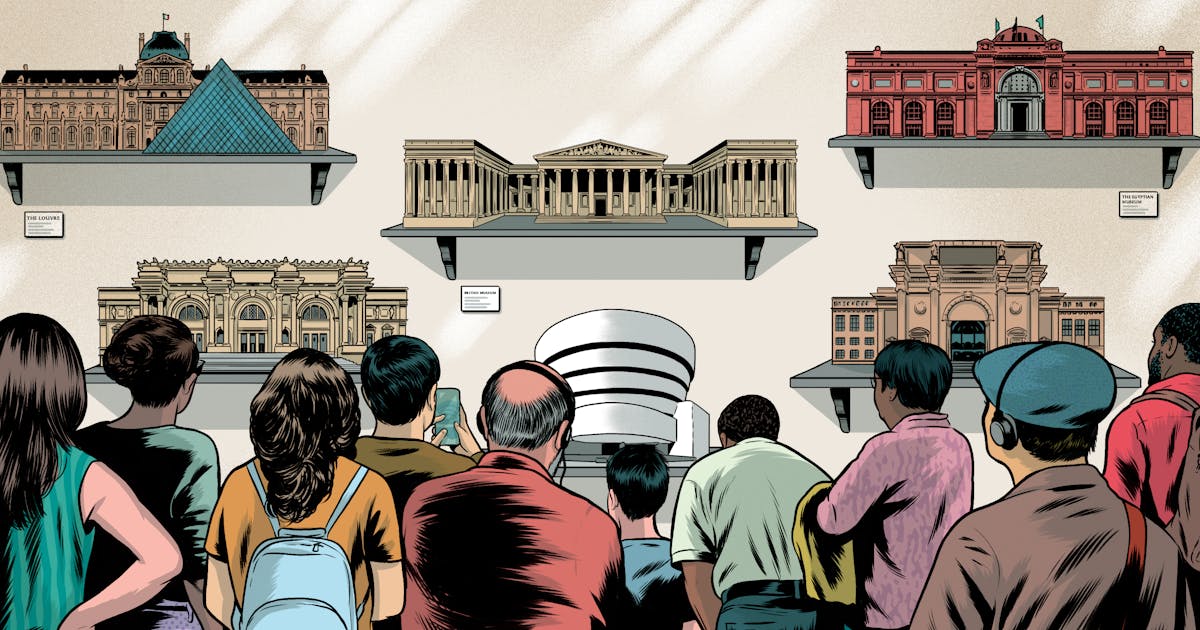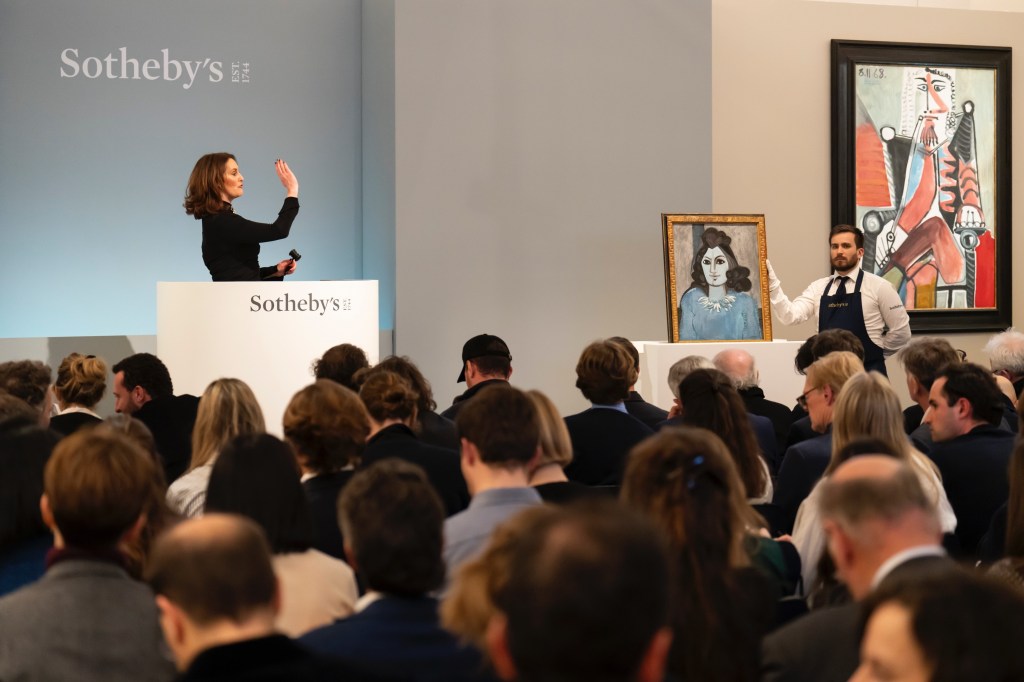At the beginning of the Balkan Wars of the late twentieth century, in 1992, Serb forces razed the Bosnian National Library in Sarajevo to the ground. More recently, UNESCO has reported that Russia’s war against Ukraine had resulted in damage to 126 religious sites, 148 buildings of historical and/or artistic interest, 30 museums, 19 monuments, 13 libraries, and an archive by January 2024. And it’s not just war that has imperiled artifacts either: In 2023, the British Museum discovered that up to 1,500 items in its care, including gold, glass, and jewelry, had been stolen in what its chair, George Osborne, described as an “inside job”; the museum’s director, Hartwig Fischer, took responsibility for failing to detect the thefts and was forced to resign. Governments have added their bit by misconceived policies designed to save space and resources. The U.K. Ministry of Justice, for instance, is now proposing to destroy millions of historic wills after digitizing them, but the dangers of this policy were starkly laid bare by a massive cyberattack on the British Library in October 2023 that left huge numbers of items still unavailable to readers.
After more than a century in which millions of people across the globe were killed in wars fought between European, American, and Asian armies, destruction and ruin on an unprecedented scale, and torture and suffering of an indescribably horrific nature inflicted on millions, it is difficult, to put it no more strongly than that, for museum directors in London, Paris, or New York to refuse to restore stolen objects on the basis of the supposed moral inferiority of the non-Europeans who want them back, or the danger that they might be destroyed. In the end, what counts above all else is the moral claim for the restitution of stolen goods based on original ownership. If the claimants have a moral right to have their possessions returned, then the question of how they, in their turn, got them, and what they intend to do with them once they have recovered them, is not really relevant.
There are threats to the “museum of other people” beyond the rising tide of demands for restitution. Such exhibitions might have been educational for the societies in which the museums were based at a time when travel overseas or to far-flung parts of the globe was impossible except for a tiny minority of intrepid explorers, missionaries, and traders, but the invention of photography in the 1820s soon began to satisfy the curiosity of Europeans and Americans about other peoples. Cinema and television further undermined the claims of museums to provide exclusive knowledge about other parts of the world. By the middle of the twentieth century, you could vicariously experience life in a tribal village in New Guinea or the Amazon basin without moving from your armchair at home. Who needs to visit a museum to discover what a totem pole looks like, or an igloo, or a pagoda, or an Easter Island statue? If you’re not satisfied with what you see on television, then cheap air travel enables you, even if your income is modest, to go and see for yourself, in situ, surely a superior experience to that of looking at objects in a glass case. On the face of it, we no longer need the “museum of other people” to tell us what other people were like, or how they lived.



